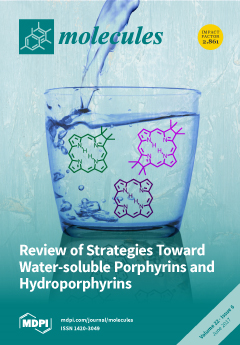Leptadenia reticulata (Retz.) Wight & Arn. (Apocynaceae), is a traditional medicinal plant species widely used to treat various ailments such as tuberculosis, hematopoiesis, emaciation, cough, dyspnea, fever, burning sensation, night blindness, cancer, and dysentery. In Ayurveda, it is known for its revitalizing, rejuvenating,
[...] Read more.
Leptadenia reticulata (Retz.) Wight & Arn. (Apocynaceae), is a traditional medicinal plant species widely used to treat various ailments such as tuberculosis, hematopoiesis, emaciation, cough, dyspnea, fever, burning sensation, night blindness, cancer, and dysentery. In Ayurveda, it is known for its revitalizing, rejuvenating, and lactogenic properties. This plant is one of the major ingredients in many commercial herbal formulations, including Speman, Envirocare, Calshakti, Antisept, and Chyawanprash. The therapeutic potential of this herb is because of the presence of diverse bioactive compounds such as α-amyrin, β-amyrin, ferulic acid, luteolin, diosmetin, rutin, β-sitosterol, stigmasterol, hentricontanol, a triterpene alcohol simiarenol, apigenin, reticulin, deniculatin, and leptaculatin. However, most biological studies on
L. reticulata are restricted to crude extracts, and many biologically active compounds are yet to be identified in order to base the traditional uses of
L. reticulata on evidence-based data. At present,
L. reticulata is a threatened endangered plant because of overexploitation, unscientific harvesting, and habitat loss. The increased demand from pharmaceutical, nutraceutical, and veterinary industries has prompted its large-scale propagation. However, its commercial cultivation is hampered because of the non-availability of genuine planting material and the lack of knowledge about its agronomical practices. In this regard, micropropagation techniques will be useful to obtain true-to-type
L. reticulata planting materials from an elite germplasm to meet the current demand. Adopting other biotechnological approaches such as synthetic seed technology, cryopreservation, cell culture, and genetic transformation can help conservation as well as increased metabolite production from
L. reticulata. The present review summarizes scientific information on the botanical, agronomical, phytochemical, pharmacological, and biotechnological aspects of L. reticulata. This comprehensive information will certainly allow better utilization of this industrially important herb towards the discovery of lead drug molecules.
Full article






